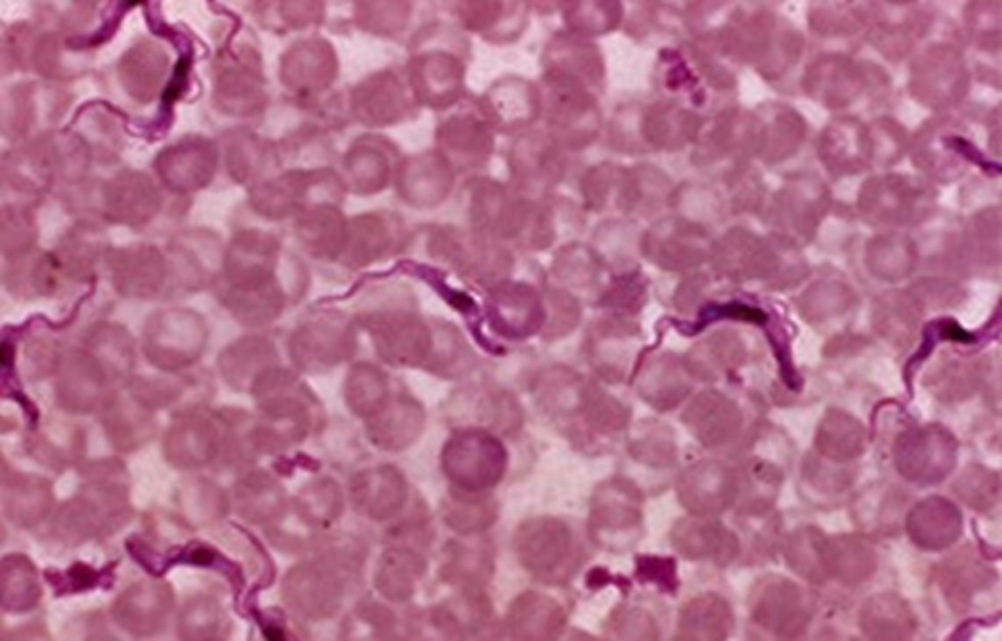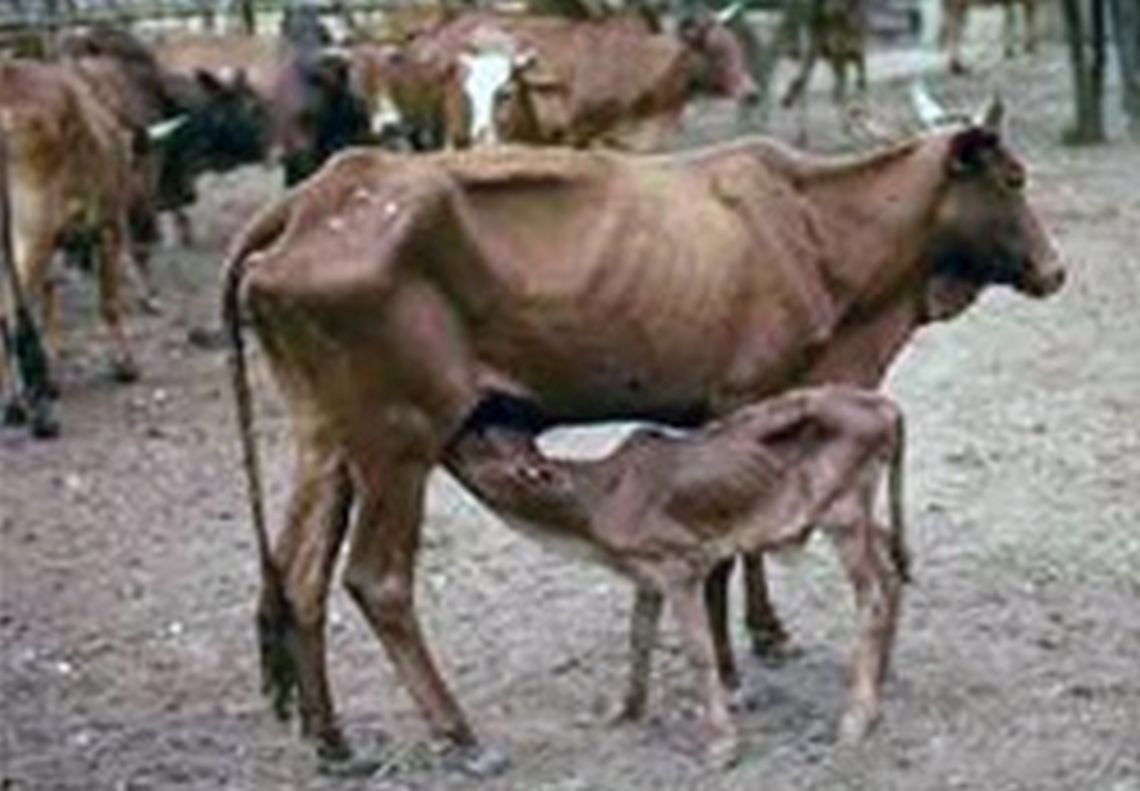This form of immunity is non discriminatory; it is not directed against specific pathogens, but just about anything that enters the body that is foreign.
Vertebrates have another more sophisticated defence mechanism, known as adaptive immunity, which enables an animal to recognize and destroy invading organisms. These mechanisms represent the specific immune response. Substances that initiate an immune response are called antigens, or immunogens. The cell walls, protein surface coats, polysaccharides and cellular matrices of invading micro-organisms contain numerous antigens in their make-up that can induce an immune response. If the response is directed against antigens that are essential for the development and integrity of the invading pathogen, then it is possible the invader will be destroyed and eliminated. Sometimes, the responses are less effective, because the immune response does not target the “right” antigen, so that the organisms can multiply and perhaps kill the host.
The first contact the immune system has with an infectious agent generates a primary immune response that results in the development of memory cells. These will respond to a second exposure to the same antigen by inducing a secondary immune response that is stronger and more effective than the primary one. Active immunity is developed following exposure to a pathogen, but can also be induced artificially by vaccination which requires the pathogen to be in a form that provokes an immune response without causing the disease. The primary vaccination might be followed by booster doses to maintain a level of immunity that will continue to protect the individual against infection.
Vaccination can be a very cost-effective way of controlling disease. In the case of viral diseases, it might be the only way to control them successfully in the absence of alternative therapies. Bacterial and parasitic diseases can be controlled by antibiotics and chemotherapeutics, but these have their limitations as reinfection might still occur, so it may be necessary to continually treat animals. Additionally, the increased incidence of antibiotic and drug resistance, as well as the presence of their residues in human food emphasise the importance of seeking alternative methods of control. These facts provide a strong argument to develop vaccines wherever possible, especially for parasitic diseases, where long-term drug treatment, with all its potential problems, might be the only way to prevent disease. Although anti-viral and anti-bacterial vaccine development has been quite successful, the list of vaccines for parasitic diseases, in animals, is small.
Ideally, a vaccine should be stable and easy to administer in the field. It should induce an effective immune response that will protect the animal and have a prolonged effect even after a single inoculation. Conventional vaccines fall into one of three types, (i) live, attenuated vaccines, (ii) killed, inactivated vaccines and (iii) toxoids. Live vaccines are prepared from organisms that have no virulence in the target animal. They are prepared from naturally occurring or induced mutated organisms, by culture passage to reduce their pathogenicity or by attenuation using irradiation. Killed vaccines are prepared from highly immunogenic strains of organisms that are treated with chemicals that do not interfere significantly with the conformation of their surface proteins, and toxoid vaccines are based on antigenically altered toxins that are secreted by the pathogen and produce the clinical symptoms associated with the disease. In this case, the vaccine does not prevent infection but protects against the effects of the toxins produced by the pathogen.
Although the search for new vaccines has led to more novel strategies including peptide vaccines, recombinant vector vaccines, gene-deleted vaccines, marker vaccines, DNA vaccines, synthetic vaccines and edible vaccines, the most successful vaccines have been those based on conventional attenuation procedures, for example, the eradication of rinderpest is due to the use of an attenuated tissue culture vaccine developed over 50 years ago. An attraction of live vaccines is their potency; although they are attenuated they still replicate and induce the host to secrete the immunoregulatory products and cellular activation responses that would occur in natural infection. This includes the ability to generate not just antibody responses that are effective against extracellular organisms, but also includes the cellular immunity that is essential for killing intracellular organisms. Killed vaccines, in contrast, have a lower potency and might require the inclusion of adjuvants, substances that assist in potentiating the immune response by acting as a slow release deposit for antigens at the site of injection.


